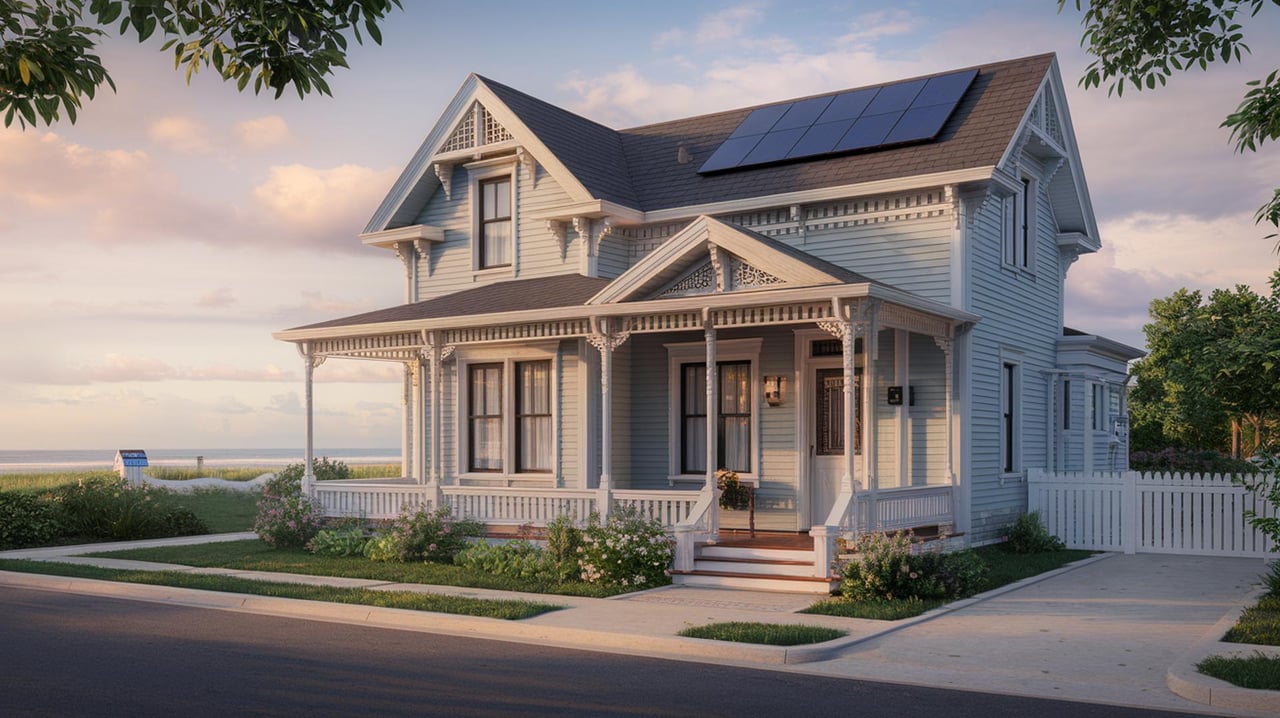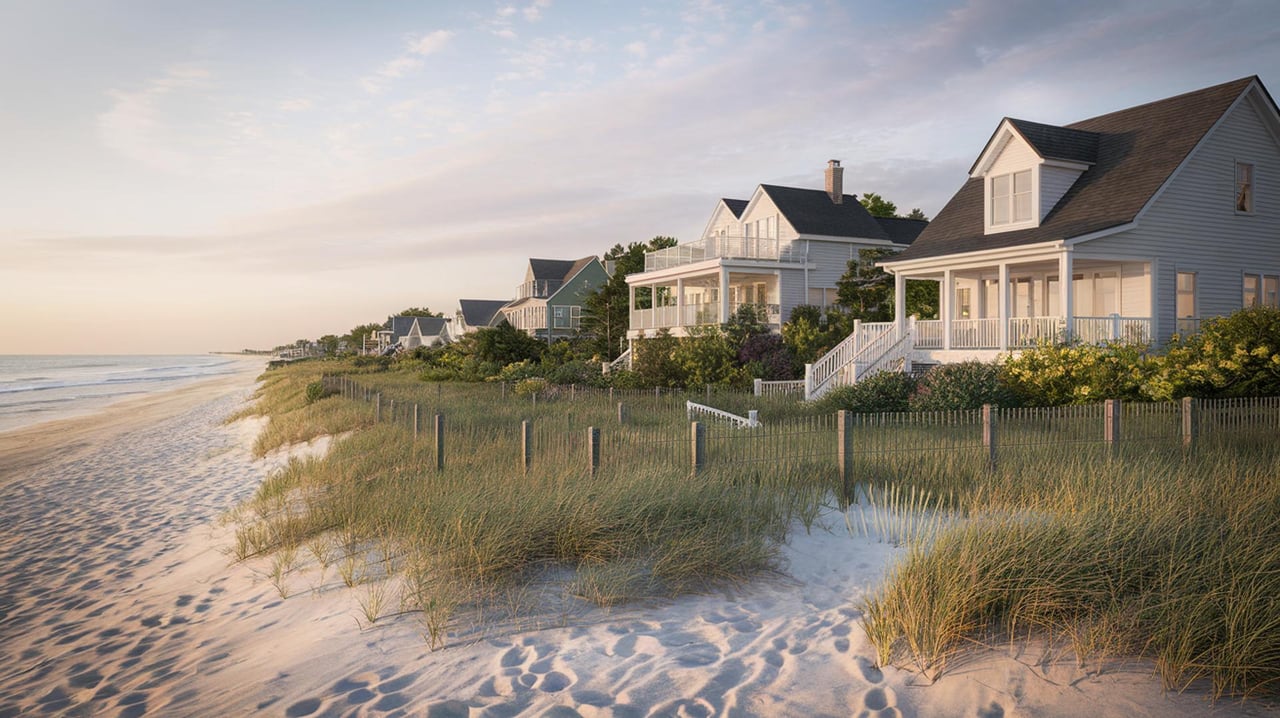Home prices in the U.S. hiked to their highest level in more than two years in December, posting a 5.8 percent annual gain, according to the recently released S&P CoreLogic Case-Shiller U.S. National Home Price NSA Index. Their pace, though substantial, is not ":not alarming," says David M. Blitzer, S&P Dow Jones Index Committee chairman and managing director.
"Home prices continue to advance, with the national average rising faster than at any time in the last two-and-a-half years," Blitzer says. "With all 20 cities seeing prices rise over the last year, questions about whether this is a normal housing market or if prices could be heading for a fall are natural. In comparing current home price movements to history, it is necessary to adjust for inflation. Consumer prices are higher today than 20 or 30 years ago, while the inflation rate is lower. Looking at real or inflation-adjusted home prices based on the S&P CoreLogic Case-Shiller National Index and the Consumer Price Index, the annual increase in home prices is currently 3.8 percent. Since 1975, the average pace is 1.3 percent; about two-thirds of the time, the rate is between -4 percent and +7 percent. Home prices are rising, but the speed is not alarming."
Home price growth in December was led by activity in Denver, Portland and Seattle, with annual gains of 8.9 percent, 10 percent and 10.8 percent, respectively. Prices for higher tier homes in Portland (more than $411,335) and Seattle (more than $532,716-plus) have been "stable" in the past five years, while prices for lower tier homes in Portland (less than $296,361) and Seattle (less than $335,111) have been "volatile"movement that, according to Blitzer, signifies normality in the market.
"In the boom-bust of 2005-2009, prices of low, medium, and high tier homes moved together, while in other periods, including now, the tiers experienced different patterns," says Blitzer. The Index's 10-City Composite posted a 4.8 percent annual gain and a 0.9 percent monthly gain, while the 20-City Composite posted a 5.6 percent annual gain and also a 0.9 percent monthly gain.
Home prices are continuing to be pressured by rising rates and supply shortages.
"One factor behind rising home prices is low inventory," Blitzer says. "While sales of existing single-family homes passed 5 million units at annual rates in January, the highest since 2007, the inventory of homes for sales remains quite low with a 3.6 month supply. New-home sales at 555,000 in 2016 are up from recent years, but remain below the average pace of 700,000 per year since 1990.
"Another factor supporting rising home prices is mortgage rates. A 30-year fixed rate mortgage today is 4.2 percent, compared to the 6.4 percent average since 1990."
Source: S&P Dow Jones Indices




